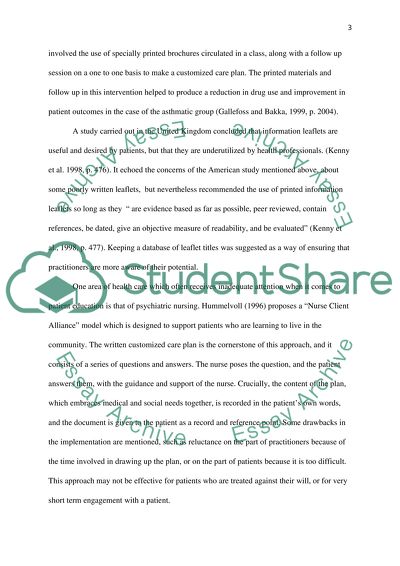Increasing Patient Education through Customized Printed Materials Article. Retrieved from https://studentshare.org/nursing/1441748-increasing-patient-education-through-customized
Increasing Patient Education through Customized Printed Materials Article. https://studentshare.org/nursing/1441748-increasing-patient-education-through-customized.


